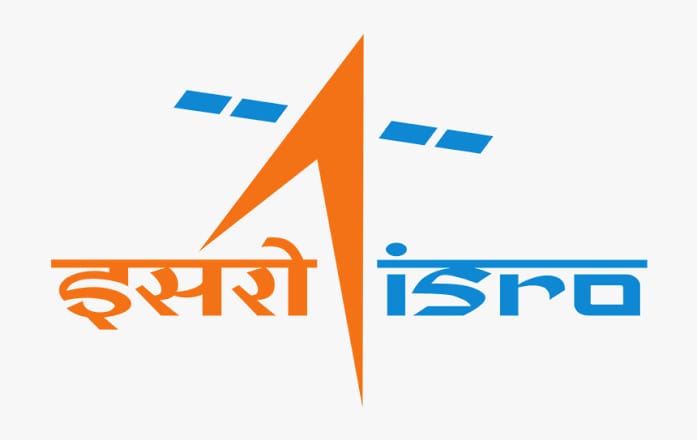Between satellites and ground stations, this experiment can form the basis for a future quantum key encrypted data transmission
Over a distance of 300 metres for the first time in the country, the Indian Space Research Organisation (ISRO) on Monday demonstrated quantum key sharing in free space. Between two line-of-sight buildings at Space Application Centre in Ahmedabad, the demonstration included a live video-conferencing with quantum key encrypted data transmission signals.
Between satellites and ground stations, this experiment can form the basis for a future quantum key encrypted data transmission. To create a network for sharing secret messages, a satellite-based quantum encrypted communication can be used.
ISRO in a release said, “This is a major milestone achievement for unconditionally secured satellite data communication using quantum technologies”.
Quantum cryptography “future proofs” any quantum key encrypted data transmission as the encryption cannot be cracked by existing computers. The current data security for sensitive information such as banking depends on large prime factorisation problems. A present day computer will be able to tell that two and three are the prime factors of six but it would not be able to do so for a number that is big enough, for which quantum computers are required.
There is no country that has figured out how to develop a quantum computer, but they are all in the race to do so.
Silicon transistors are a system on which computers around us work today. They store information as bits, either in the state of 0 or 1 on a binary logic analogous to an on-off switch. But quantum computers use qubits, either a proton or an electron that can exist as 0, 1 or any superposition of any possible combination of 0 and 1.
Between two Indian ground stations, the space agency is now gearing up to demonstrate the quantum key encrypted data transmission technology.
For the demonstration of quantum key encrypted data transmission, a number of key technologies were developed indigenously including a NavIC receiver for time synchronization between the transmitter and receiver modules. NavIC or Navigation with Indian Constellation is India’s regional version of satellite-based positioning system.
Also read: Fortinet Announces AI-powered XDR for Fully Automated Threat Detection, Investigation, and Response
Do Follow: CIO News LinkedIn Account | CIO News Facebook | CIO News Youtube | CIO News Twitter






